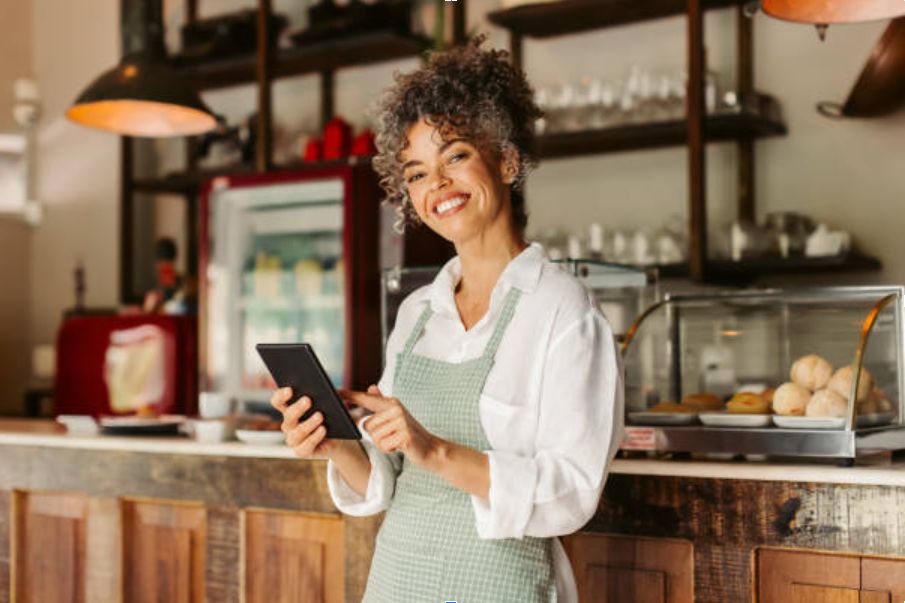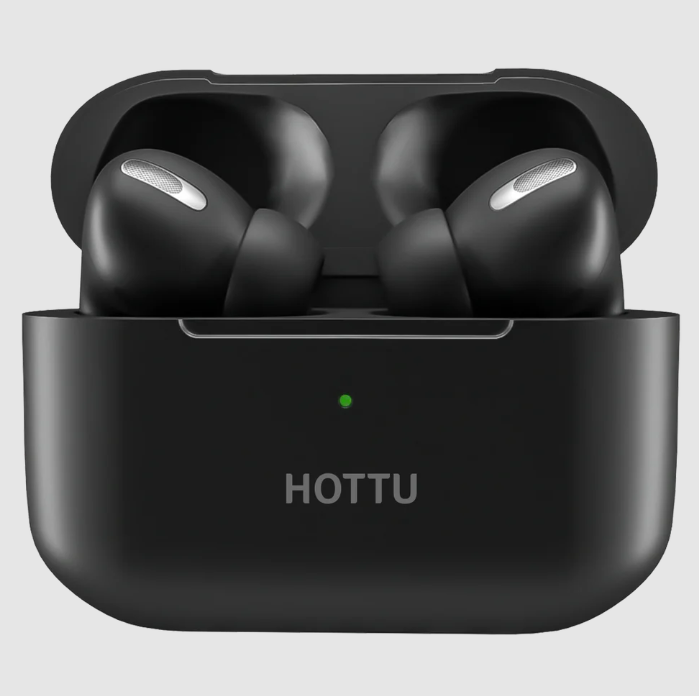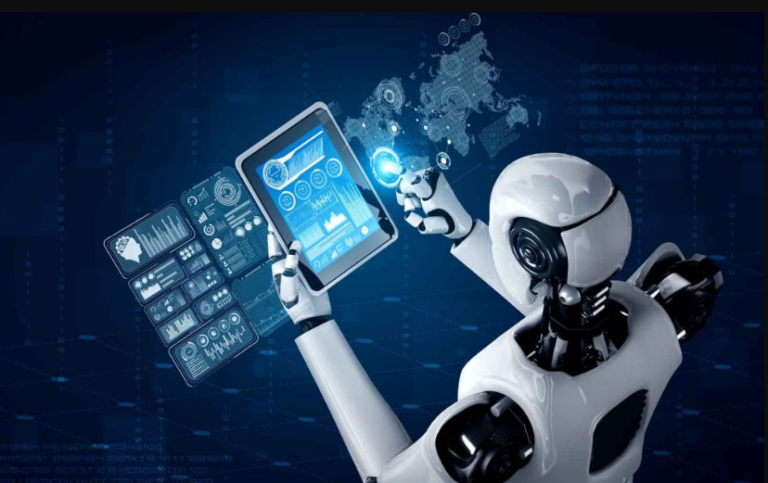How Can Face‑Swap Technology Revolutionize Storytelling in Film, Education, or Marketing?
Face-swap technology has come a long way from novelty apps and meme culture. In 2025, it is rapidly evolving into a powerful storytelling tool with significant implications across multiple industries. Whether used in film, education, or marketing, face swap video technology is enabling creators to tell stories in new, more personalized, and emotionally impactful ways. Its ability to blend artificial intelligence with human expression opens up fresh possibilities for creativity, engagement, and communication.
From blockbuster movies to classroom simulations and digital brand campaigns, face-swapping is no longer just about fun—it’s about reimagining how stories are experienced and delivered.
Redefining Performance and Character in Film
In the field of film production, face swap video technologies have broken the limitations as they are both the production process and the innovation for actors and directors. Until now, actors were always constrained by physical factors—age, race, or even being available. Now, thanks to high-quality face-swap technology, filmmakers can overlay a different face on an actor’s body with such virtuality that you cannot tell the difference. So they can jump to the past, vary the cast, or even bring to life legendary persons in a biopic movie.
For instance, a single actor can portray multiple roles with completely different identities by using AI face swaps. This adds a layer of storytelling complexity and saves costs on additional casting. By digitizing the characters to match a historical narrative, directors can perform visual continuity in scenes that span many years. These face swap video abilities turn previously unthinkable projects into realizable ones on a reasonable budget.
Besides money and time, the advancement of technology is the creative part. Book authors and television show producers can take more risks on unconventional casting and character arcs, knowing that visual changes can surpass make-up and CGI limitations. Face swapping, in addition to providing the character this freedom of expression, can show how the character is developing and add tension to the story.
See also: How Tech Is Redefining Customer Experience
Customizable and Engaging Learning in Education
In the field of education, narrative is a method that actively supports students’ interest and the capacity to retain information in the long run. Face swap video tools make it possible for teachers to present content in a manner that feels not only interactive but also pertinent to learners. One of the most powerful uses of this technology is personalization, wherein students immerse themselves in historical events, science experiments, or language learning activities.
Imagine a student watching a face swap video where their face replaces a historical figure like Abraham Lincoln or Marie Curie. This transforms a passive lesson into an immersive experience, fostering empathy and curiosity. Students are more likely to remember material when they are part of the narrative themselves.
Teachers can also utilize face-swapping technology to express their emotions in social-emotional learning (SEL) and provide opportunities for students to observe or even participate in emotional role-playing exercises. This contributes to the development of understanding and social skills in a safe and fun way.
At the same time, the face swap technology that educators use facilitates the uniform delivery of lessons in both large and remote classrooms. A single teacher might appear in several lessons while having different looks or cultural signals that are closer to what the particular students see fit. Thus, it promotes diversity and representation that ultimately improves the whole learning process.
Marketing Campaigns That Create a Deeper Brand Connection
Being a marketing professional means that you have to convince customers with feelings of your product. Face swap video tools are brands that can give a huge power to companies to make their campaign more relatable, personalized, and shareable. Nowever, brands get a chance to shoot promotions in which customers’ faces would appear by means of the face swap as an instrument, and that puts a customer in the storyline.
It is not pretentious, as it is really about the emotional connection. For instance, a cosmetic brand can develop face swap video clips where buyers visualize themselves in various items. On the other hand, a vehicle manufacturer can display possible buyers driving their preferred model. Such occasions have the potential to, instead of being passive observers, the people will become active in it, and consequently, the involvement of the customer will be higher, and hence the possibility of conversion will increase.
Face swap video tools also allow regional-specific or culturally responsive marketing by swapping messages for different audiences without changing content. The ability to keep the brand intact while changing the way the message is delivered makes a huge impact in the global market.
AI Face Swaps lending influence to influencer marketing. A virtual influencer is created using real footage and is manipulated with a different identity. This approach allows brands to provide a pre-determined message without the risk of unpredictability associated with human partners. These influencers can appear in different settings, languages, or expressions, adapting to different marketing strategies while retaining full brand control.
Conclusion
Just as face swap video technology is becoming more realistic and accessible, the responsibility of storytelling extends to a wider area. In film, it empowers producers to reveal and develop the character storylines and to think differently visually. In education, it brings a second passive experience to an immersive student-centered one. Lastly, it offers the public highly personalized, emotionally deep content that builds stronger connections in the marketing sector.
Made not of tech, face swap video storytelling is traditional, but instead, they would promote it—making stories more diverse, changeable, and compelling. You can be a filmmaker, a teacher, or a brand strategist, and with a click, you can promote the message in the way you want.






